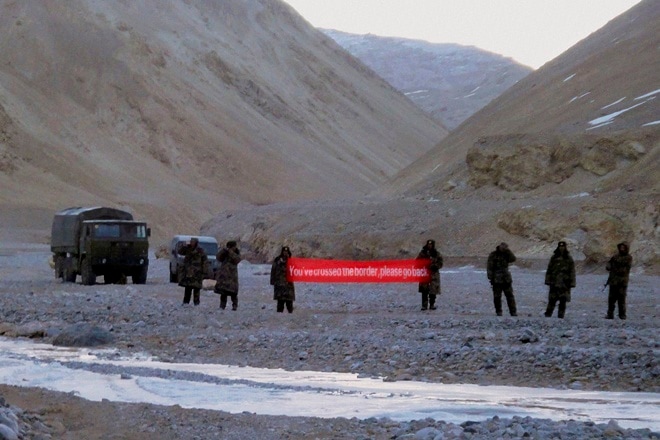Sikkim standoff: The ongoing standoff between Indian and Chinese soldiers in Dokalam area of Sikkim sector has raised fears of a direct military conflict between the two countries. It is expected that both nations would find a peaceful diplomatic solution to the crisis. However, it is hard to predict the final outcome of the standoff as of now.
According to Neville Maxwell, a veteran journalist who has watched India-China engagement for six decades, a military conflict between India and China cannot be ruled out. “Most certainly, yes! (military conflict) But it must be assumed that at the highest levels of control in both countries there is a will to avoid such a catastrophe, reining in the martial itches at lower levels, military and civilian,” Neville told the Indian Express.
However, Ashok Kantha, who was India’s Ambassador to China until 2016, is “hopeful” that the Sikkim stand off will not lead to a direct military conflict. “I am quite hopeful that situation (of war) will not arise because both (India and China) are not interested in escalating it beyond a point,” Kantha told The Indian Express.
Kantha added that like India, “China is also by and large interested in maintaining peace and tranquillity on its borders.”
The standoff between Indian and Chinese soldiers started in June after the latter tried to build a road in the Doklam region, which is in Bhutan and of strategic significance to India. With China not showing signs of ending the standoff, it is likely to continue for long. But what happens if the standoff is prolonged for a longer time? Kantha said, “If the situation is prolonged, which is likely, then its management becomes very important. We must avoid a repeat of 1986-87.”
In 1986-87, both countries were engaged in around year-long standoff in what is now known as Somdurong Chu incident, sometimes also referred to as the Wangdung incident in the state of Arunachal Pradesh along the Line of Actual Control (LAC). China’s People’s Liberation Army (PLA) had intruded in the Thandrong pasture on the banks of river Somdurong Chu under the Zimithang circle of district Tawang. They had set up a military camp south of Thag La ridge, which had seen a bloody conflict in 1962. India responded by deploying its forces on the ridge. Amid heightened tension, the standoff continued for over a year and the dispute was eventually settled in seven years.
“In fact, the last time the border between India and China became live to some extent was in 1986-87. The so-called close confrontation in Wangtung was resolved in August 1995,” said Kantha, who was the negotiator with China.
In an article in DNA, General Ashok Mehta, who has served extensively in Sikkim and Bhutan, predicted three outcomes of the ongoing standoff. Mehta says the standoff may go the Somdurong way. Secondly, it is possible that a “local skirmish” like Nathu La (1967) takes place in Dokalma area but remain “restricted to the use of small arms and artillery.” General Mehta wrote that around 400 PLA and 190 Indian soldiers were killed and many others injured at Nathu La in 1967. Thirdly, Mehta said that diplomacy may win and end the tensions.
According to the General, all border Confidence Building Measures worked out by India and China for decades would “go for a toss” if a military conflict takes place because of the Sikkim standoff. It would also be a “major setback” to India-China relations.
Pratap Bhanu Mehta, vice-chancellor, Ashoka University, writes in the Indian Express that an “easy resolution” to the standoff is not possible.


